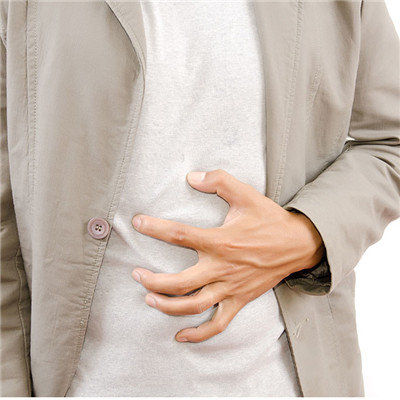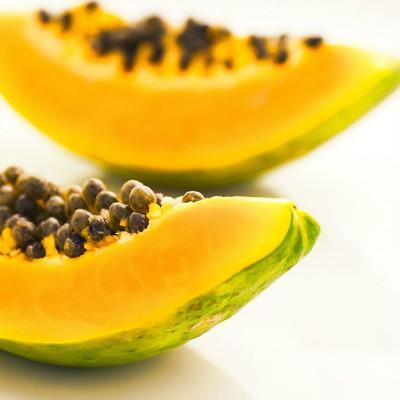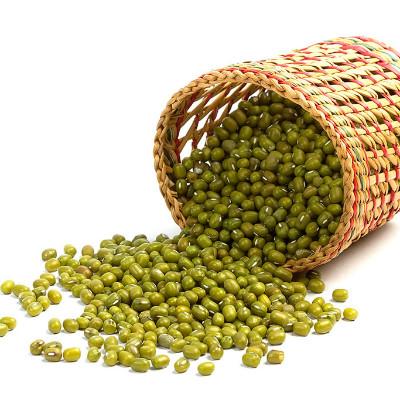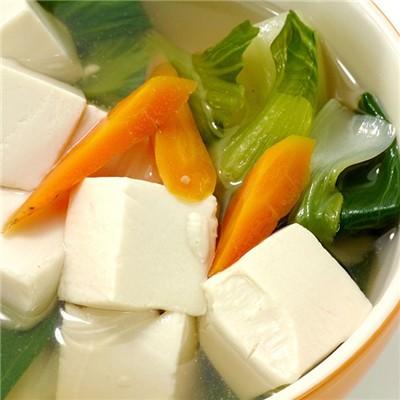What element is Kashin Beck disease excessive
summary
Kashin Beck disease is commonly known as dwarf disease. Abacus bead disease is a kind of joint deformation disease, which occurs more in children or young adults. Let's popularize the science of Kashin Beck disease.
What element is Kashin Beck disease excessive
First, the disease is caused by excessive, insufficient or imbalance of one or more elements. In the early stage, it was thought that it was related to less water and soil calcium and more strontium and barium. Later, it was suggested that KBD was caused by excessive phosphorus and manganese in the soil and water of the disease area and in the main and non-staple foods. Chinese scientists found that KBD was closely related to low selenium in the environment.
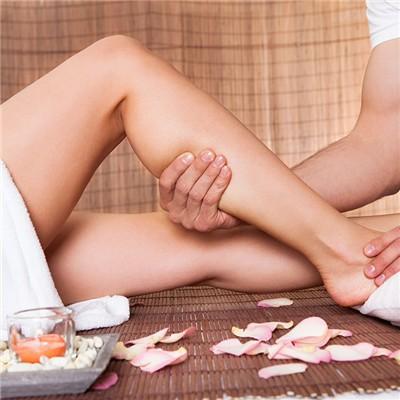
Second, according to the mycotoxin theory, the grains in the ward were contaminated by certain Fusarium and formed heat-resistant toxic substances, which were obtained by the residents from eating the food containing this kind of mycotoxin. The pathological changes in the bones of animals fed with grains with pathogenic fungi are similar to those of large joint disease. The pathogenic fungus may be Fusarium, which has not been completely confirmed.
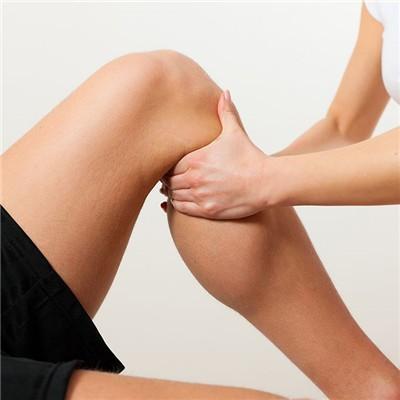
Third: the theory of organic poisoning thinks that the disease is caused by the pollution of drinking water by humus. In many endemic areas of China, the cause of the disease has long been attributed to poor water quality. Takizawa, a Japanese scholar, studied the relationship between plant organic matter in drinking water and Kashin Beck disease, and believed that ferulic acid and p-hydroxycinnamic acid in organic matter may be the pathogenic factor.
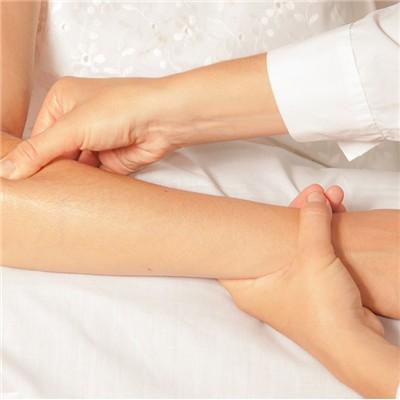
matters needing attention
Because the cause of the disease is not so clear, patients need to improve their awareness of the prevention and treatment of this common disease, timely take corresponding treatment measures according to the doctor's instructions, usually pay attention to spicy food, quit smoking and limit alcohol.
